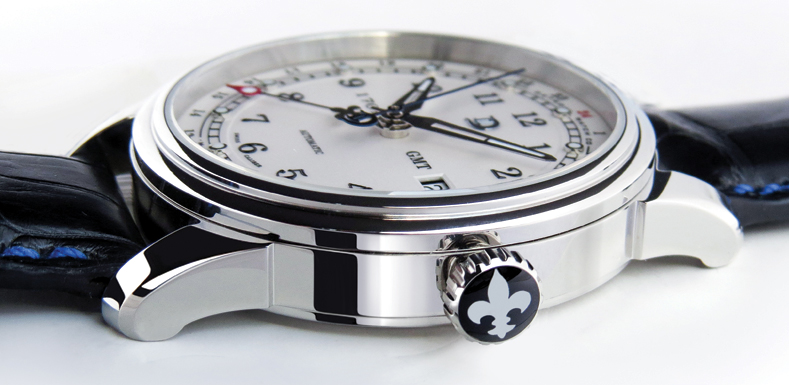Gentlemen, start your engines!
If your among the growing list of fans of mechanical watches there are some basic does and don’ts specific to the use (and abuse) of our ticking timepieces.
One point of interest is whether a mechanical watch benefits from being used – or is better off if left in a non-running state for
long-term functionality.
According to our go-to Master Watchmaker and advisory board member Don Loke, the answer is somewhere in the middle. While running as mechanical watch keeps the oils and grease fluid and functional, a wristwatch does not necessarily need to run 24/7 in order to stay limber and benefit from this effect.
Whether an automatic or manual wind our expert recommends running a mechanical watch at least once a month for best long-term performance. I would add that it’s also good idea to bring your watch to a state of full wind and let it run down of its own accord - even if you do not intend to continue wearing it. This will bring the mainspring to its tightest and allow it to go through the cycle from fully taught to completely relaxed. With the advent of new alloys now used, the likelihood a mainspring going “set” (that is losing its ability to fully unwind) is less of an issue than it used to be, but it can still happen and fully winding and unwinding makes this unlikely problem even less of an issue.
Another timely piece of advice from Mr. Loke is to be sure to use an automatic winder that is adjustable so it will not continuously try to wind a fully wound automatic watch. Modern automatic mechanical watches benefit from a slipping bridle to protect the mainspring from breakage, but if constantly over-wound to the point the bridle is constantly slipping within the housing, you will impact the service life of the components and possibly impair the power reserve over time.










